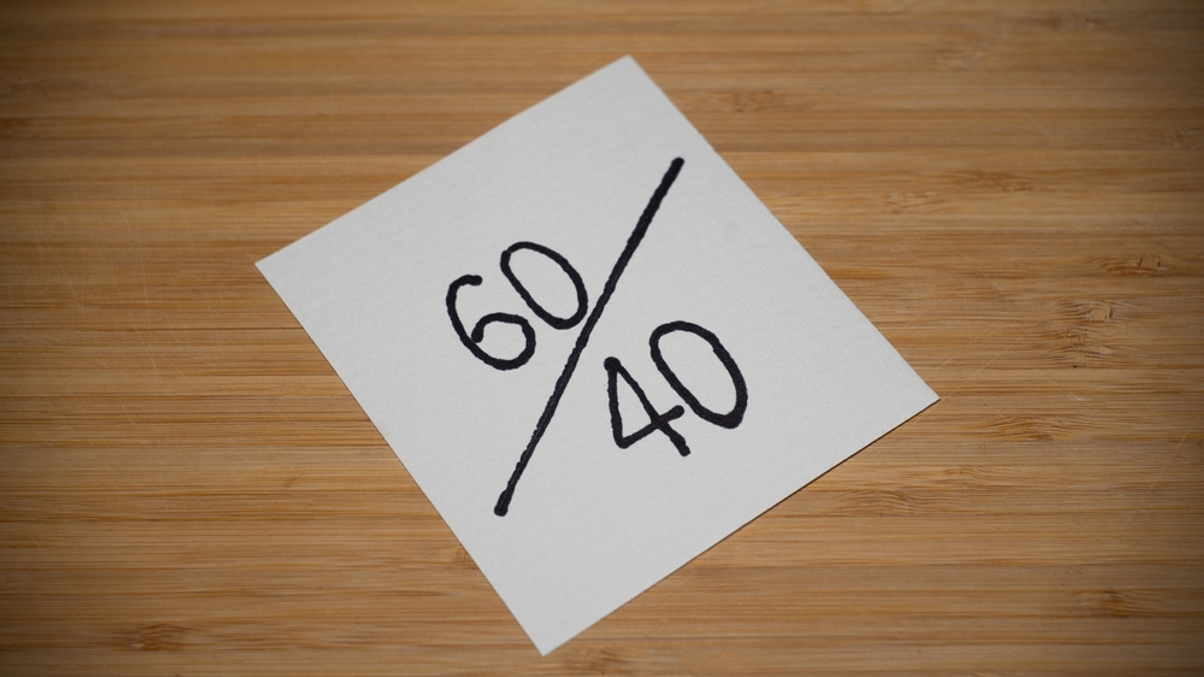Asset owners mull options to 60/40 portfolio amid inflation
The 60/40 portfolio was designed to offer diversification, yet some asset owners are entertaining second thoughts about using this classic mix after its poor performance in 2022. HSBC Life and APG share their views.

The "60/40 portfolio" is a popular investment strategy for moderate risk investors, with 60% allocated to equities and 40% to fixed income.
Sign In to Your Account
Access Exclusive AsianInvestor Content!
Please sign in to your subscription to unlock full access to our premium AI resources.
Free Registration & 7-Day Trial
Register now to enjoy a 7-day free trial—no registration fees required. Click the link to get started.
Note: This free trial is a one-time offer.
¬ Haymarket Media Limited. All rights reserved.


